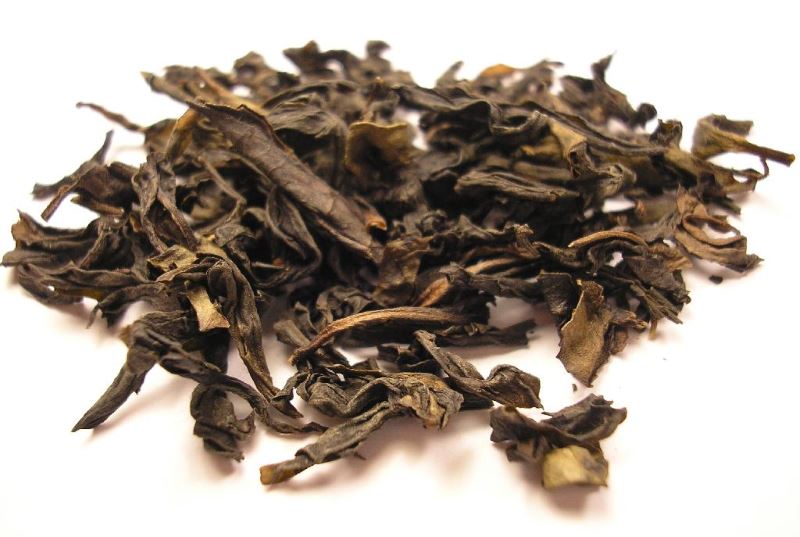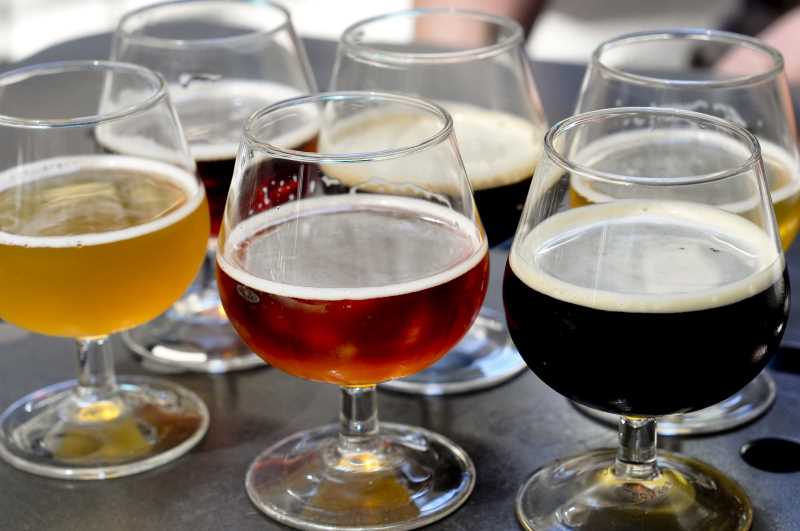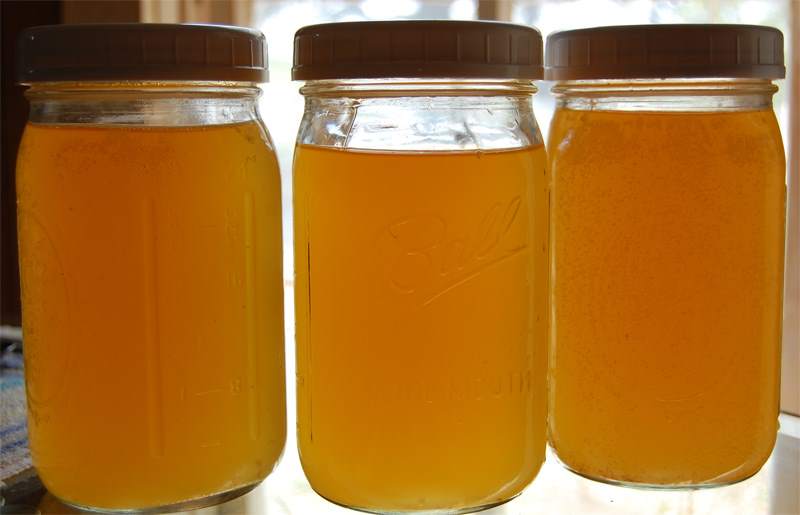
Ban Tian Yao Oolong tea leaf by Iateasquirrel (via Wikimedia Commons)
During the course of handcrafting your tea, you may be required to oxidize the leaves. This depends on the kind of tea you would like to craft. Black and Oolong teas need moderate to significant oxidation, while Green and White teas need minimal to no oxidation.
(Note: if you are unfamiliar with the basics of crafting tea, and would like to know where oxidizing fits into the bigger picture, please read “The Basics of Crafting Tea”, found at the bottom of the page)
What Is Oxidation?
Oxidation, in its most basic definition, is a chemical reaction that involves oxygen. Oxidation in tea leaves occurs as a result of cell wall damage during the rolling step. This exposes the interior of the cell to oxygen. After exposure to oxygen, the enzymes within the cell begin to react. This reaction causes the chlorophyll (a pigment which gives a raw tea leaf its green color) to convert into pheophorbide and pheophytin. This darkens the leaf. This chemical reaction also breaks down many of the lipids, amino acids, and carotenoids within the cell, which has a large impact on the flavor of your tea.
Oxidation occurs best when the rolled leaves are kept in a warm (but not too hot), humid environment; typically between 70 and 80 degrees Fahrenheit. It is important to note that oxidation will continue to occur within the tea leaves until either the leaves are fully oxidized, or until you stop the process. Oxidation can be stopped by heating up and drying the leaves. This can be done at home in an oven, as the high heat kills the enzymes and prevents them from oxidizing (see the “Dry” step in Craft Tea Basics for more information). The type of tea you are trying to craft will dictate the amount of time allowed for oxidation.
Fermentation: A Case of Mistaken Identity
For throughout much of its history, the oxidation process in tea crafting has been erroneously referred to as the “fermentation step”. This is because people assumed that the change of color in the leaves was the result of traditional fermentation. This is not the case, as fermentation requires another microorganism, such as yeast (more on that in a minute). As advances in technology made it easier to study molecular chemistry, tea makers were able to identify this process as oxidation, rather than fermentation.
Some Fermentation Basics

Beer Bistro Samplers by Divya Thakur (via flickr)
But what is fermentation? Fermentation is a process where sugar is converted into acids, gases or alcohol. This happens when a small microorganism (yeast, for example) enters into the environment and begins consuming the sugar. This causes a metabolic reaction, leading to the creation of gases and alcohol. This is also an anaerobic process, which requires no oxygen. Fermentation can occur in a wide variety of organisms, but typically when we think of it, we’re thinking of fermentation in foods and drinks. It is important to note, that although fermentation can produce alcohol, that is not always the case. Examples of foods that undergo fermentation include bread, cheese, pickles, yogurt, and sauerkraut. Fermented beverages may include beer, wine, cider, mead and other spirits.

Kombucha by Sandra (via flickr)
Although most teas oxidize, rather than ferment, there are some exceptions. These include Pu-ehr, an aged dark tea brewed in China that ferments while it is being crafted, and kombucha, which is a black or green tea that is allowed to ferment after it has been brewed. We’ll be looking more into these two types of tea in the weeks to come. Stay tuned!
* * *
To learn more about where oxidizing fits into the bigger picture, please read The Basics of Crafting Tea.
Discuss this post on our subreddit
[related-posts]
